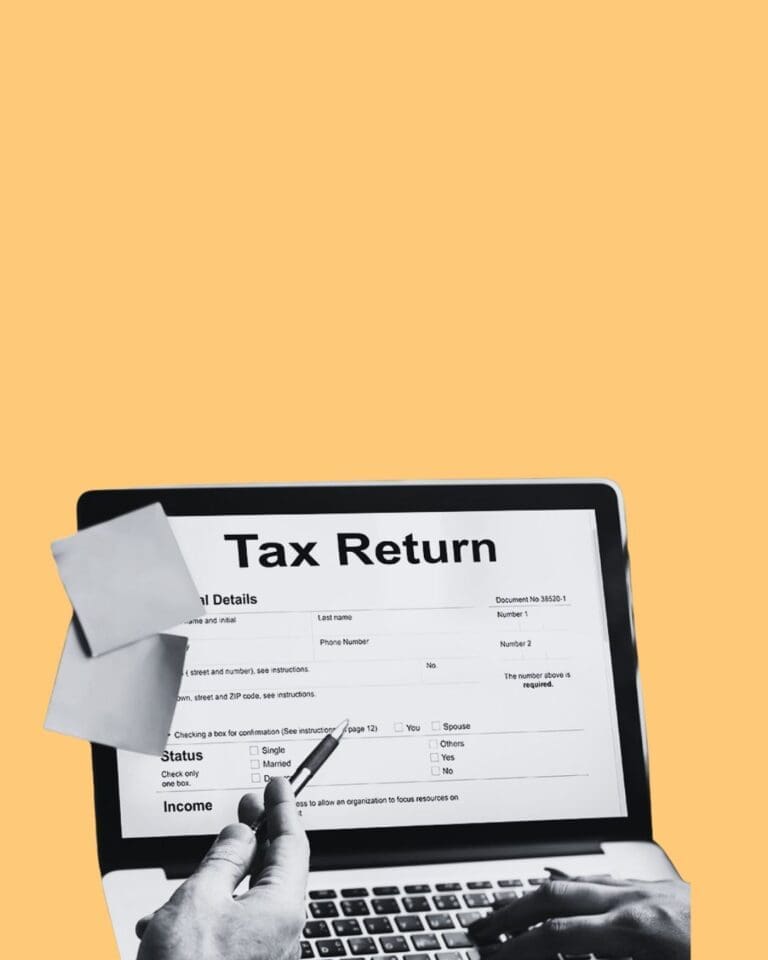Understanding promissory notes in Australia. In the realm of financial transactions, especially involving lending and borrowing money, understanding the nuances of various legal documents is crucial. Among these, the promissory note stands out for its simplicity and specific use cases. This article delves into the definition of a promissory note, its key characteristics, and how it differs from a loan agreement, particularly in the context of Australian law.
Defining a Promissory Note
A promissory note is a written promise made by one party (the issuer) to pay a certain sum of money to another party (the payee). The promise to pay is unconditional and can be made payable either upon demand or at a specified future date.
Promissory notes are particularly beneficial in situations where the amount of money involved is modest and the relationship between the involved parties is based on trust. Such notes come in handy for informal, straightforward loans where drafting a comprehensive loan agreement might be unnecessary or overly complex.
Example Scenario
Imagine a situation where Emma borrows $1,000 from her colleague, John. They both decide to avoid the complexities of a formal loan agreement. However, for peace of mind, John requests a written promise from Emma to repay the amount. Emma then issues a promissory note to John, assuring repayment of the $1,000 on his demand.
Understanding Promissory Notes
While simple, a promissory note usually contains several key elements:
- Identification of parties involved – the borrower and the lender.
- The amount to be repaid.
- Repayment date or demand condition.
- Interest rate, if applicable.
- Transferability clause, stating whether the note can be passed to another party.
- Signature of the issuer.
Understanding Promissory Notes vs. Loan Agreement
Though both promissory notes and loan agreements are used in lending-borrowing scenarios, they differ significantly.
A promissory note is straightforward and usually only requires the signature of the issuer. In contrast, a loan agreement is a more comprehensive document, necessitating signatures from both the borrower and the lender. Loan agreements offer greater protection to the lender and include detailed terms like loan disbursement conditions, repayment schedules, borrower’s representations and warranties, default events, and other legal obligations.
When Is a Promissory Note Insufficient?
If you’re dealing with an unknown party or lending a substantial sum, a promissory note might not offer adequate protection. In such instances, a detailed loan agreement is advisable to safeguard the interests of all parties involved.
Legal Considerations in Australia
When understanding promissory notes, its important to get familiar with your local governing laws. In Australia, adding complex terms to a promissory note might inadvertently transform it into a more intricate financial instrument, potentially subjecting it to regulations under the Corporations Act or the National Consumer Credit Protection Act. If your promissory note starts resembling a more complex financial product, legal consultation is recommended to ensure its appropriateness and compliance with relevant Australian laws.
At Chipkie we beleive that the best and safest way to limit risk is with a formalised loan agreement. That’s why we offer personalised loan agrements for people wanting to lend or borrow money. Find out more about the contracts that Chipkie offer here.
Key Takeaways
Promissory notes are best suited for transactions involving relatively small sums of money and low-risk situations. They are simple, straightforward, and ideal for transactions among trusted parties. However, their simplicity also means they offer limited protection compared to more detailed loan agreements.
For higher-risk scenarios or larger sums, or when dealing with unfamiliar parties, opting for a comprehensive loan agreement is a safer choice. If you’re unsure about the legal implications of your promissory note, especially under Australian law, seeking legal advice is a prudent step to ensure that your financial dealings are secure and legally sound.
In conclusion, while promissory notes offer a quick and simple way to formalise small loans, understanding their limitations and appropriate use cases is essential for effective financial management. Always consider the amount involved, the relationship with the other party, and the level of legal protection needed before deciding between a promissory note and a loan agreement.





